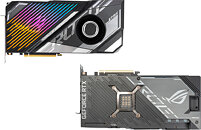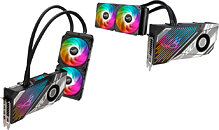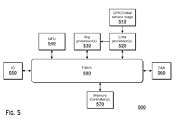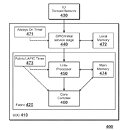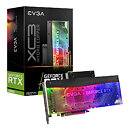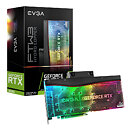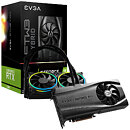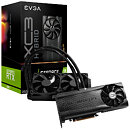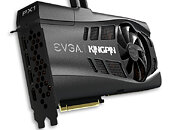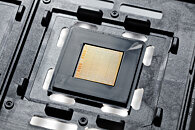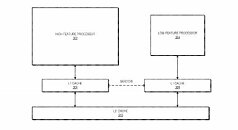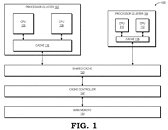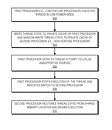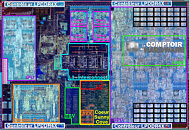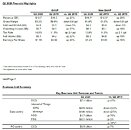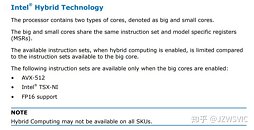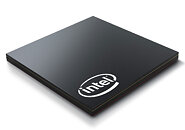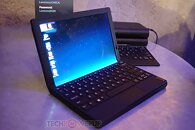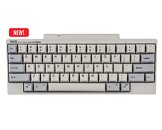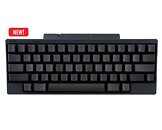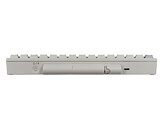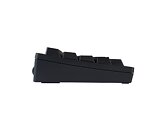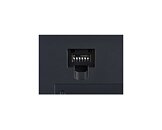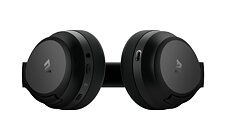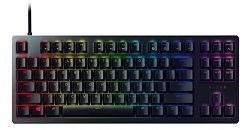Yealink Reveals Latest BH7X Bluetooth Headsets Designed for the Hybrid Generation
Yealink, a global leading unified communications (UC) solution provider, has officially announced the release of its new BH7X Bluetooth Headsets to meet the demands of the predominant hybrid working population. Following the launch of the company's WH6X DECT headsets, Yealink has solidified its position as the provider of top professional headsets for office use. Targeting workers of the "H Generation"—a Hybrid breed of professionals that have a pressing need for quality Headsets—the company understands the demand for a product that can fulfill work requirements competently, with portability at its core, and flexible enough for casual use. The new BH7X Bluetooth Headset is the solution.
Engineered for the hybrid generation, the BH7X fits in seamlessly at the office or on the go with its contemporary design and a discrete, hidden boom arm that still guarantees exceptional, professional sound and enjoyment of all-day comfort. In addition to the BH7X, the Yealink Headset family is bolstered by other effective products such as the Yealink UH38 Premium USB headset, which provides stable communication with Bluetooth & USB dual connection; for more personal collaboration usage, interested consumers can also consider the Yealink WH DECT series for all-in-one call control & cross devices usage.
Engineered for the hybrid generation, the BH7X fits in seamlessly at the office or on the go with its contemporary design and a discrete, hidden boom arm that still guarantees exceptional, professional sound and enjoyment of all-day comfort. In addition to the BH7X, the Yealink Headset family is bolstered by other effective products such as the Yealink UH38 Premium USB headset, which provides stable communication with Bluetooth & USB dual connection; for more personal collaboration usage, interested consumers can also consider the Yealink WH DECT series for all-in-one call control & cross devices usage.













